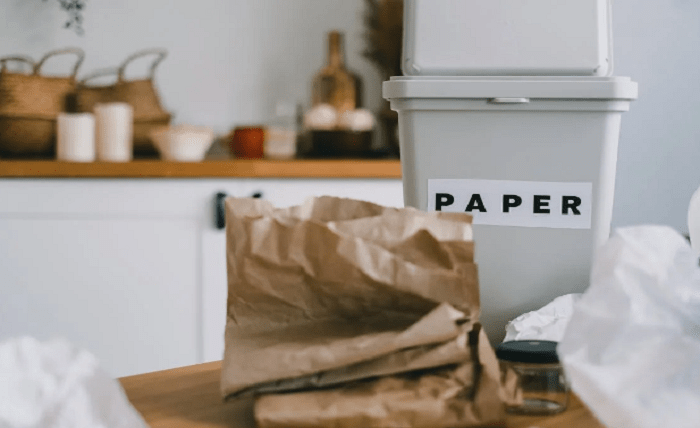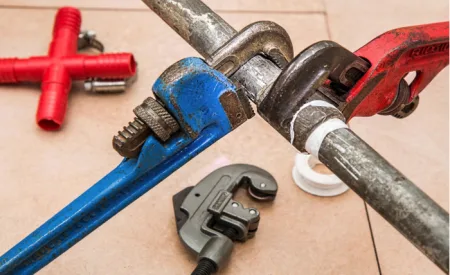In the bustling coastal town of Panama City, Florida, residents and businesses face unique environmental challenges due to their proximity to urban and marine ecosystems. Effective waste management is not just a matter of keeping the streets clean; it’s about preserving the natural beauty and biodiversity of the region for future generations. Engaging in eco-friendly waste management practices is crucial, and by making a few thoughtful changes, everyone in the community can play a part. This includes a deeper dive into Panama city’s green waste disposal – a closer look; focusing on sustainable practices that can dramatically improve the local environment.
Knowing the legend of the bustling city of Panama City
Much like many other coastal cities, Panama City has to deal with a waste stream of household and industrial waste, which is undeniably complex. The trash generated can be highly destructive to the wildlife in this area, with marine life being most affected by this polluting scenario. Plastic and other nonbiodegradable materials often become part of water bodies, polluting water and influencing water quality. As a result, the life and health of aquatic organisms are usually at risk or cause living problems such as reduced amount of oxygen in the water bodies. The residents need help to minimise waste but to create a proper system of how it is disposed.
One of the first things we should do while trying to create an eco-friendly waste management system is to recognize the types of waste generated and the current dumping methods. Panama City sources its common waste from residential rubbish, yard debris, and industrial garbage from locally owned businesses. Every waste category demands its methodology to be applied to minimize social and ecological harm.
Implementing Eco-Friendly Practices in Daily Life
Panama City’s residents have the power to change a lot by belonging to home recycling, reducing waste production, reusing cultural entities so that these materials can be reused, and composting the remaining biodegradable wastes. This ecology of reuse is not limited only to recycling, though; it means redesigning our consumptive and disposable patterns.
Reducing Waste Generation
One of the best strategies for handling waste is the reduction of generating waste in the initial stages. Residents can decrease waste production by switching to reusable and refillable products. Write a 70-100 word essay on the following topic: How does travel broaden our horizons and unite us as a global community?
Growing your local purchases and using products that are manageable can also be your tactics for cutting down waste. On the other hand, composting organic waste such as food scraps and garden clippings could give a new cycle to the waste turned into compost for gardening. These composites would then complete the natural cycle, reducing methane emissions from landfills significantly.
Recycling More Effectively
Yes, people have heard about recycling, but they often need clarification about this process and how. The inhabitants of Panama City can increase their recycling collections by learning to exercise discipline in disposing of waste items. For example, they can concentrate on cleaning and sorting recyclables to make the recycling process faster and more efficient, which in return reduces the contamination of recycled materials and sends less recycled materials to landfills.
Panama City’s recycling programs are continuously upgrading, which can be made even better through more participation. In public spaces such as schools, workplaces should focus more on keeping right and wrong things separated in recycling bin labeling. Similarly, they can raise this level by acting smartly, such as working with the recycling programs or avoiding single-use plant-based items.
Community Engagement: A Vital Part of the Green Campaign
One-on-one efforts might be little to some degree at the community level, but by synergy, they can be a rushing wave of change in local waste management. The local community of Panama City will also benefit from community gardens that use compost made from their organic waste. Consequently, this will make urban areas cleaner by reducing waste. Initiatives such as community workshops on cutting waste and recycling facts can educate the community on how to get involved in sustainable acts, and residents can make personalized choices.
Besides the community clean-up activities that allow local people to participate, it is hard to overestimate their environmental impact. Such events can direct the public’s attention to the spots around beaches, parks, and lakes that contaminated water can damage faster. Voluntary residents engaged in this cleanup campaign repeatedly made it possible to save Panama City’s valuable nature and develop public awareness regarding its waste management.
Conclusion
Panama City’s eco-friendly waste management entails implementing it with the whole community’s help to recalibrate how we generate, consume, and dispose of waste. By following sustainable and intelligent garbage practices, people should not only preserve a healthier place but also make that area more beautiful. Among the various green practices encompassed in our operations are minimizing waste, effective recycling, and participating in community green initiatives.
Lastly, the effectiveness of recycling is linked to incorporating community members in this process and to implementing sustainable living as a lifestyle. When residents accept and incorporate these kinds of changes, they not only contribute to the local environment’s health but also merge with the more significant global movement towards conservation and sustainable living. In a sense, the citizens of Panama City will become stewards of their city, which will be beautiful and preserved for their grandchildren and future generations.



